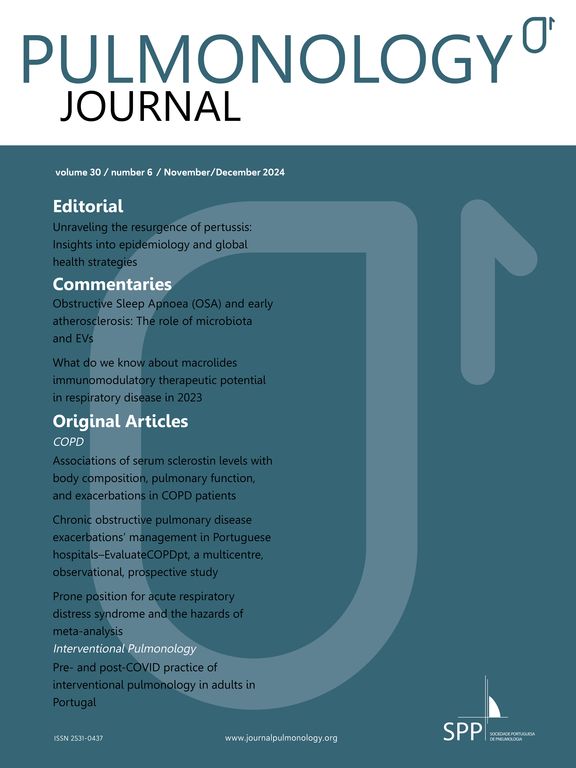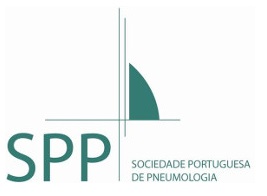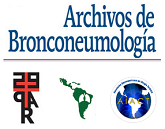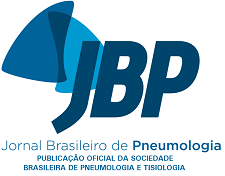was read the article
| Year/Month | Html | Total | |
|---|---|---|---|
| 2025 12 | 293 | 53 | 346 |
| 2025 11 | 313 | 57 | 370 |
| 2025 10 | 397 | 51 | 448 |
| 2025 9 | 427 | 75 | 502 |
| 2025 8 | 210 | 60 | 270 |
| 2025 7 | 224 | 120 | 344 |
| 2025 6 | 151 | 39 | 190 |
| 2025 5 | 377 | 51 | 428 |
| 2025 4 | 293 | 72 | 365 |
| 2025 3 | 224 | 42 | 266 |
| 2025 2 | 163 | 52 | 215 |
| 2025 1 | 469 | 45 | 514 |
| 2024 12 | 162 | 33 | 195 |
| 2024 11 | 228 | 57 | 285 |
| 2024 10 | 541 | 40 | 581 |
| 2024 9 | 799 | 33 | 832 |
| 2024 8 | 147 | 35 | 182 |
| 2024 7 | 137 | 33 | 170 |
| 2024 6 | 118 | 28 | 146 |
| 2024 5 | 113 | 44 | 157 |
| 2024 4 | 188 | 36 | 224 |
| 2024 3 | 94 | 27 | 121 |
| 2024 2 | 73 | 32 | 105 |
| 2024 1 | 65 | 28 | 93 |
| 2023 12 | 77 | 28 | 105 |
| 2023 11 | 89 | 36 | 125 |
| 2023 10 | 105 | 41 | 146 |
| 2023 9 | 114 | 34 | 148 |
| 2023 8 | 89 | 26 | 115 |
| 2023 7 | 87 | 38 | 125 |
| 2023 6 | 65 | 18 | 83 |
| 2023 5 | 88 | 27 | 115 |
| 2023 4 | 94 | 20 | 114 |
| 2023 3 | 112 | 29 | 141 |
| 2023 2 | 105 | 28 | 133 |
| 2023 1 | 95 | 19 | 114 |
| 2022 12 | 117 | 30 | 147 |
| 2022 11 | 146 | 43 | 189 |
| 2022 10 | 144 | 41 | 185 |
| 2022 9 | 115 | 31 | 146 |
| 2022 8 | 151 | 47 | 198 |
| 2022 7 | 112 | 57 | 169 |
| 2022 6 | 117 | 31 | 148 |
| 2022 5 | 110 | 44 | 154 |
| 2022 4 | 110 | 39 | 149 |
| 2022 3 | 112 | 52 | 164 |
| 2022 2 | 120 | 40 | 160 |
| 2022 1 | 118 | 32 | 150 |
| 2021 12 | 115 | 66 | 181 |
| 2021 11 | 90 | 31 | 121 |
| 2021 10 | 167 | 47 | 214 |
| 2021 9 | 134 | 55 | 189 |
| 2021 8 | 121 | 41 | 162 |
| 2021 7 | 110 | 32 | 142 |
| 2021 6 | 109 | 36 | 145 |
| 2021 5 | 169 | 44 | 213 |
| 2021 4 | 402 | 89 | 491 |
| 2021 3 | 378 | 34 | 412 |
| 2021 2 | 218 | 24 | 242 |
| 2021 1 | 178 | 18 | 196 |
| 2020 12 | 218 | 28 | 246 |
| 2020 11 | 168 | 32 | 200 |
| 2020 10 | 144 | 21 | 165 |
| 2020 9 | 287 | 25 | 312 |
| 2020 8 | 229 | 32 | 261 |
| 2020 7 | 252 | 27 | 279 |
| 2020 6 | 231 | 31 | 262 |
| 2020 5 | 240 | 30 | 270 |
| 2020 4 | 304 | 8 | 312 |
| 2020 3 | 254 | 16 | 270 |
| 2020 2 | 252 | 30 | 282 |
| 2020 1 | 378 | 24 | 402 |
| 2019 12 | 252 | 29 | 281 |
| 2019 11 | 345 | 19 | 364 |
| 2019 10 | 455 | 36 | 491 |
| 2019 9 | 882 | 38 | 920 |
| 2019 8 | 386 | 23 | 409 |
| 2019 7 | 287 | 31 | 318 |
| 2019 6 | 345 | 24 | 369 |
| 2019 5 | 381 | 21 | 402 |
| 2019 4 | 381 | 42 | 423 |
| 2019 3 | 352 | 34 | 386 |
| 2019 2 | 306 | 23 | 329 |
| 2019 1 | 298 | 16 | 314 |
| 2018 12 | 148 | 13 | 161 |
| 2018 11 | 62 | 2 | 64 |
| 2018 10 | 103 | 9 | 112 |
| 2018 9 | 192 | 8 | 200 |
| 2018 8 | 434 | 30 | 464 |
| 2018 7 | 502 | 21 | 523 |
| 2018 6 | 464 | 14 | 478 |
| 2018 5 | 558 | 25 | 583 |
| 2018 4 | 381 | 29 | 410 |
| 2018 3 | 413 | 17 | 430 |
| 2018 2 | 349 | 17 | 366 |
| 2018 1 | 331 | 13 | 344 |
| 2017 12 | 410 | 28 | 438 |
| 2017 11 | 327 | 27 | 354 |
| 2017 10 | 357 | 23 | 380 |
| 2017 9 | 348 | 18 | 366 |
| 2017 8 | 347 | 25 | 372 |
| 2017 7 | 220 | 22 | 242 |
| 2017 6 | 222 | 15 | 237 |
| 2017 5 | 336 | 14 | 350 |
| 2017 4 | 247 | 9 | 256 |
| 2017 3 | 399 | 17 | 416 |
| 2017 2 | 540 | 9 | 549 |
| 2017 1 | 227 | 13 | 240 |
| 2016 12 | 211 | 18 | 229 |
| 2016 11 | 389 | 21 | 410 |
| 2016 10 | 355 | 25 | 380 |
| 2016 9 | 350 | 13 | 363 |
| 2016 8 | 264 | 14 | 278 |
| 2016 7 | 157 | 26 | 183 |
| 2016 5 | 22 | 33 | 55 |
| 2016 4 | 366 | 7 | 373 |
| 2016 3 | 522 | 26 | 548 |
| 2016 2 | 518 | 24 | 542 |
| 2016 1 | 596 | 31 | 627 |
| 2015 12 | 551 | 26 | 577 |
| 2015 11 | 517 | 22 | 539 |
| 2015 10 | 509 | 32 | 541 |
| 2015 9 | 523 | 32 | 555 |
| 2015 8 | 518 | 45 | 563 |
| 2015 7 | 544 | 29 | 573 |
| 2015 6 | 467 | 18 | 485 |
| 2015 5 | 560 | 26 | 586 |
| 2015 4 | 641 | 27 | 668 |
| 2015 3 | 723 | 25 | 748 |
| 2015 2 | 642 | 29 | 671 |
| 2015 1 | 666 | 33 | 699 |
| 2014 12 | 625 | 24 | 649 |
| 2014 11 | 558 | 18 | 576 |
| 2014 10 | 644 | 26 | 670 |
| 2014 9 | 619 | 32 | 651 |
| 2014 8 | 562 | 15 | 577 |
| 2014 7 | 473 | 15 | 488 |
| 2014 6 | 472 | 16 | 488 |
| 2014 5 | 483 | 15 | 498 |
| 2014 4 | 435 | 18 | 453 |
| 2014 3 | 499 | 14 | 513 |
| 2014 2 | 429 | 21 | 450 |
| 2014 1 | 409 | 16 | 425 |
| 2013 12 | 212 | 28 | 240 |
| 2013 11 | 190 | 43 | 233 |
| 2013 10 | 115 | 58 | 173 |
| 2013 9 | 58 | 21 | 79 |






